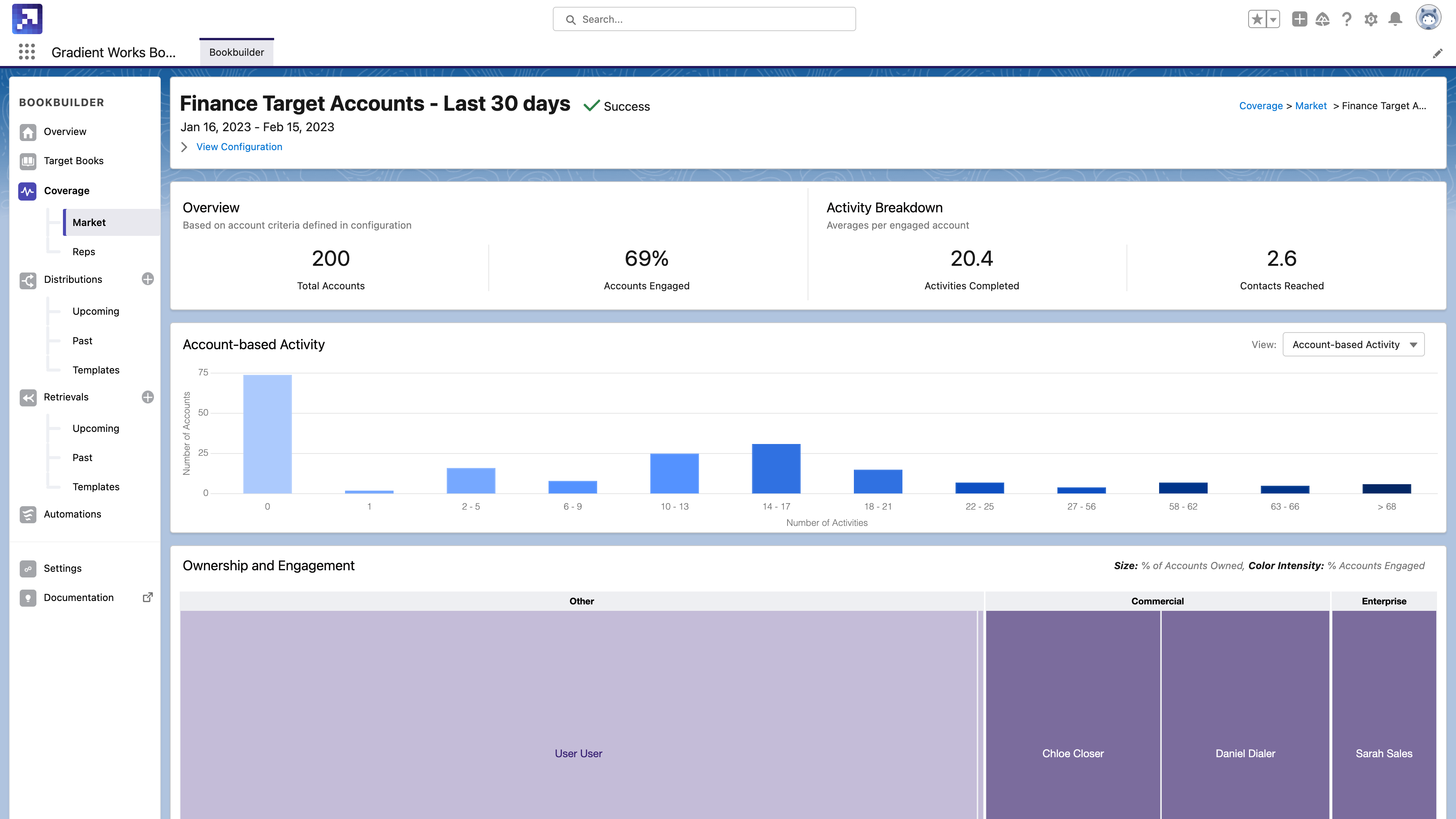Who owns which accounts when? It matters. A lot. And you can't think about account ownership on your sales team without thinking about rules of engagement.
We have a brand new - and free - guide to better rules of engagement guide. Get it right here now, or continue reading about why rules of engagement matter and how you can improve yours.
Efficiency, productivity, pipeline, focus. You’ve probably heard these words a million times already this year - they’re the hot topics in B2B sales in 2023. This is a year of reining in spending and identifying opportunities for improvement at every stage of your sales funnel.
That includes deciding exactly what your team needs to focus on, and providing them with the tools they need to focus on those things. One of the key areas to focus on to improve productivity and increase pipeline is account coverage. Are your reps working the right accounts at the right time?
Pipeline generation starts with account coverage. After all, you can't book a meeting with an account you never talk to. How sales teams deploy their quota capacity is an untapped source of rep productivity. Instead of spraying and praying in large territories, reps should be laser-focused on the highest potential accounts in their market at all times. That approach to sales is what we call dynamic books, and it’s a flexible alternative to traditional static sales territories.
Account books should never be static. But it can be hard to know exactly how and when you should distribute accounts, and to whom. Every sales rep wants a better book of business - they want the best leads and the hottest inbounds. They want access to new accounts and the ability to hold on to the accounts they're working hard on closing.
At the same time, every sales leader wants higher attainment and better rep efficiency. They want balanced books and focused sellers.
Here’s where rules of engagement come in. To build efficient, dynamic books for reps, you need well-defined rules about who owns which accounts when, and what the conditions of that ownership are. What does it mean to “work” an account? How can you communicate and track that?
Rules of engagement (aka ROE) can be challenging to define. And we know that the fallout of unclear rules of engagement is conflict that impacts attainment. So how can you improve your ROE and increase attainment? Our new toolkit will guide you through creating new or updating existing rules of engagement.
Get your free rules of engagement guide here.




